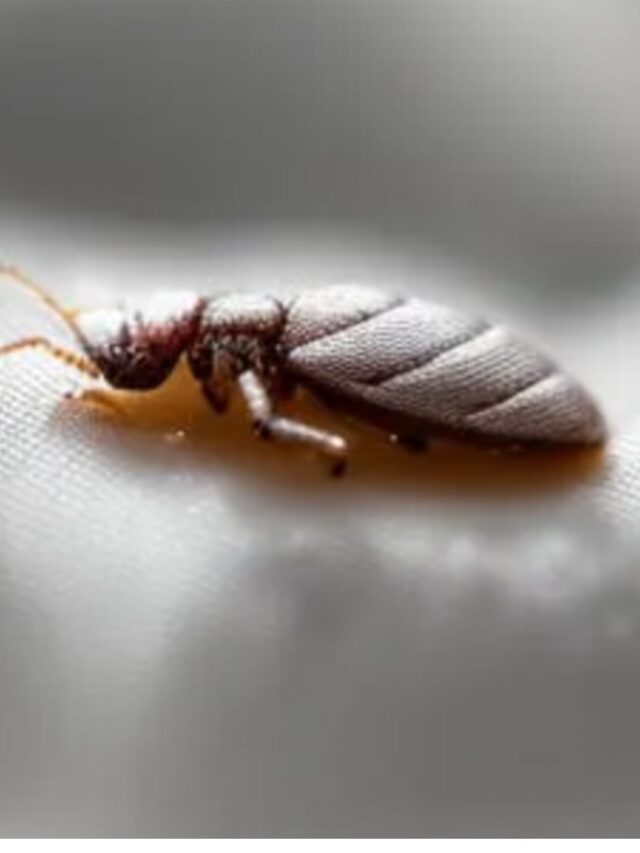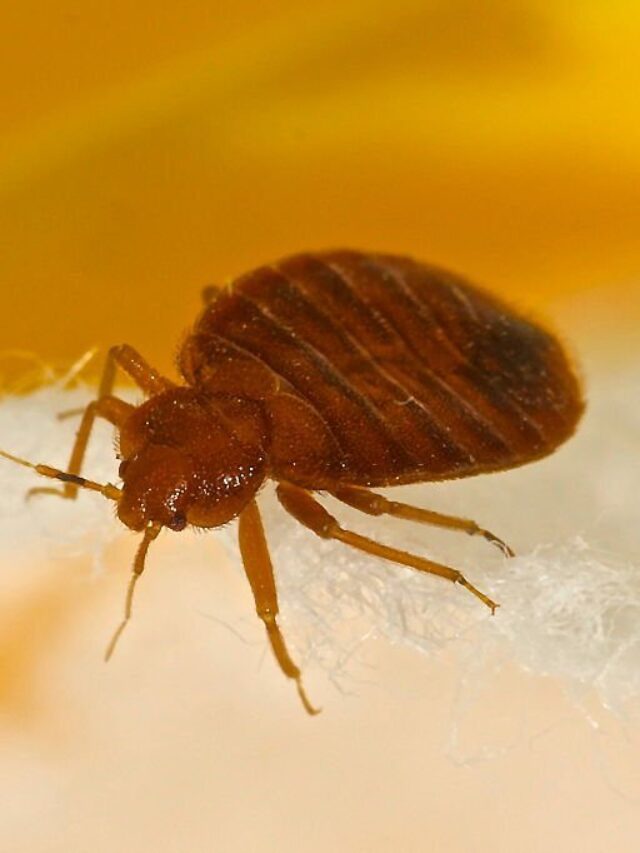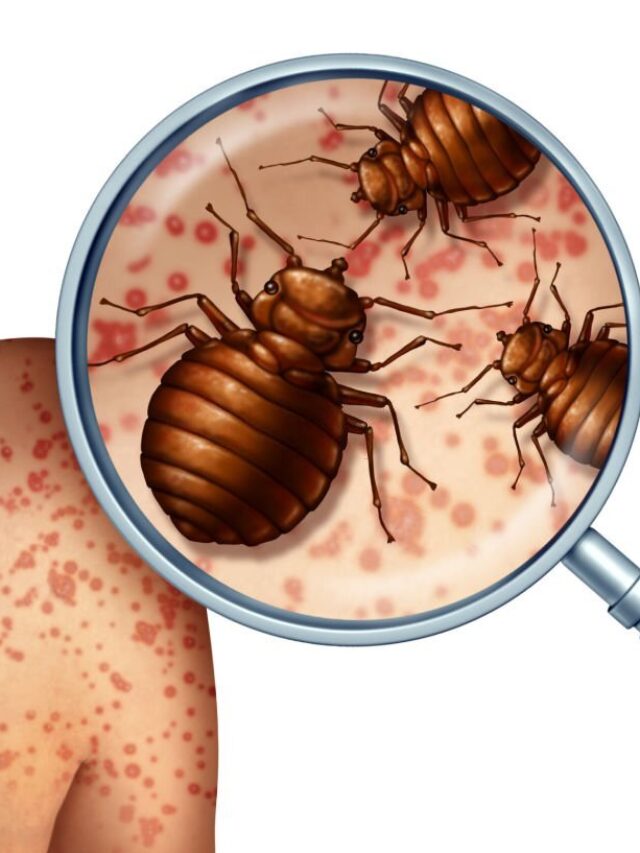Introduction :
Bed bugs are tiny blood-sucking pests that can wreak havoc on your peaceful living. And while these bugs don’t discriminate between renters and landlords, there’s often a lot of finger-pointing when it comes to who brought them into a rental property. Unfortunately, in most cases, tenants end up being blamed for infestations they didn’t cause. So, if you’re a landlord or a tenant, it’s essential to understand how to prove who brought in bed bugs to avoid unwarranted accusations and costly legal battles.
The Shocking Truth about Bed Bugs and Rental Properties
Did you know that bed bugs can survive for months without feeding? That means they can hitch a ride on someone’s luggage or clothing and infest an entire building without detection. Furthermore, bed bugs don’t discriminate based on cleanliness, so even the most spotless homes and apartments can become infested. That’s why it’s crucial for landlords and tenants to take proactive measures to prevent and detect bed bug infestations.
Landlords Beware: False Bed Bug Accusations Can Cost You
As a landlord, falsely accusing your tenant of bringing in bed bugs can lead to costly legal battles and damaged reputation. So, before making any accusations, make sure you have concrete evidence that the infestation originated from the tenant’s unit. Bed bug infestations can happen for a variety of reasons, and it’s not always the tenant’s fault. For example, if neighboring units have bed bug infestations, the bugs can easily migrate to other units.
The Crucial Steps Landlords Must Take to Prove Tenant-Infested Bed Bugs
To prove that a tenant brought in bed bugs, landlords must take the following crucial steps:
- Schedule a professional inspection to confirm the presence of bed bugs in the tenant’s unit.
- Gather evidence, including photos and videos of the infestation, as well as any correspondence with the tenant about the issue.
- Conduct interviews with neighboring tenants to determine if they also have bed bug infestations.
- Provide the tenant with a written notice of the infestation and a deadline to take action to remediate the issue.
From Inspections to Documentation: How to Build a Strong Case Against Bed Bug Infestations
To build a strong case against bed bug infestations, landlords must conduct thorough inspections, document evidence, and keep accurate records. It’s also essential to work with a pest control professional who can provide expert testimony if the case goes to court. By following these steps, landlords can ensure that they have a strong case and avoid any unwarranted legal battles.
Protect Yourself as a Tenant: Know Your Rights When Accused of Bed Bug Infestations
If you’re a tenant accused of bringing in bed bugs, it’s essential to know your rights. Landlords cannot evict a tenant without proper notice and a court order. If you’re confident that you didn’t bring in the bed bugs, gather evidence and consult with a lawyer to protect your rights.
The Ultimate Guide to Handling Bed Bug Disputes with Your Landlord
To avoid bed bug disputes altogether, it’s crucial to take preventative measures, such as inspecting second-hand furniture, regularly washing bedding, and sealing cracks and crevices. If you do find yourself in a dispute with your landlord, try to resolve the issue amicably by communicating openly and working together to find a solution. If that doesn’t work, consult with a lawyer to protect your rights and ensure a fair resolution.
Conclusion: Bed bug infestations are a growing concern for landlords and tenants alike. By understanding how to prevent, detect, and prove bed bug infestations, landlords and tenants can be safe from Bed Bug.













